Nature nurture part… One of the better talks I’ve heard so far though lately on the subject. Might even give the book a try. More enjoyable and informative for me than Robert Plomin’s exploits lately, though they are kind of in agreement in some regards.
Category: neuroscience – Page 1,021
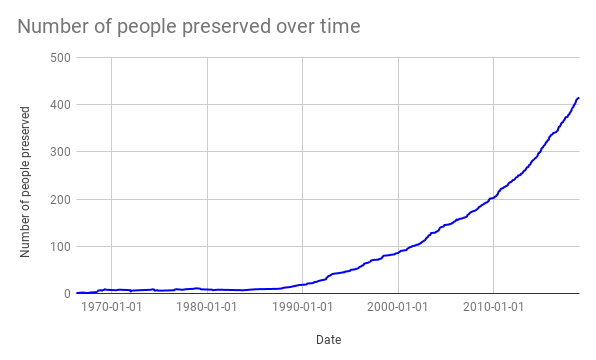
Timeline of cryonics
This is a timeline of cryonics.
Cryonics is the attempt to preserve a human or non-human animal using low-temperature with the hope that partial or complete resuscitation may be possible in the future.
While cryonics is currently the most popular brain preservation method, other methods are being used and developed, notably plastination. This page treats about all brain preservation methods.
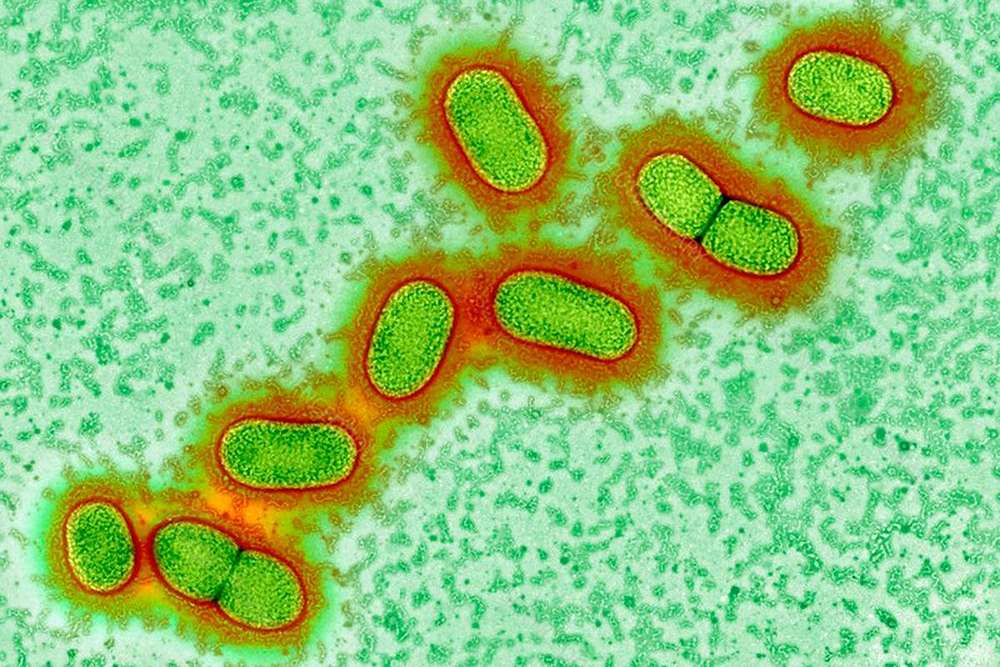
We may finally know what causes Alzheimer’s – and how to stop it
By Debora MacKenzie
If you bled when you brushed your teeth this morning, you might want to get that seen to. We may finally have found the long-elusive cause of Alzheimer’s disease: Porphyromonas gingivalis, the key bacteria in chronic gum disease.
That’s bad, as gum disease affects around a third of all people. But the good news is that a drug that blocks the main toxins of P. gingivalis is entering major clinical trials this year, and research published today shows it might stop and even reverse Alzheimer’s. There could even be a vaccine.
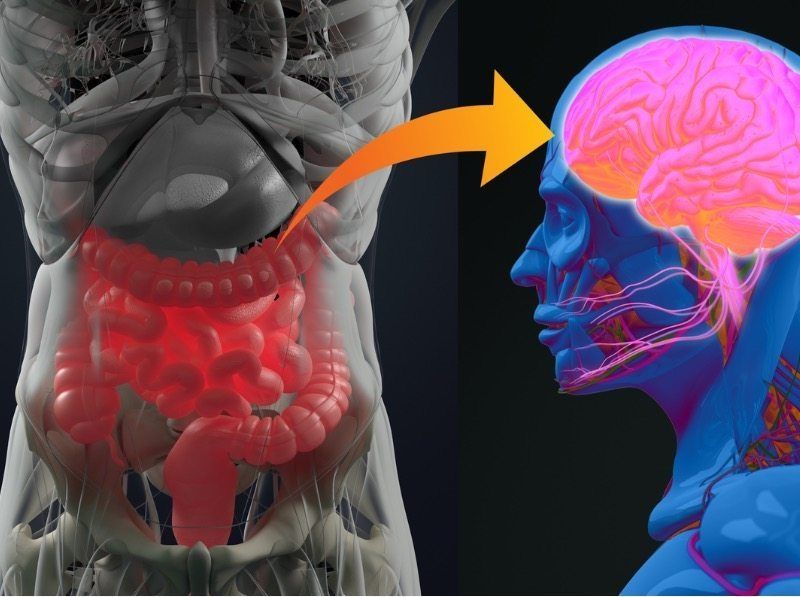
Common Food Additives May Promote Anxiety-Related Behavior In Mice
Food additives known as dietary emulsifiers, commonly found in processed foods to improve texture and extend shelf life, may adversely affect anxiety-related and social behaviors in mice, Georgia State researchers have found.
The scientists also observed sex differences in the mice’s behavioral patterns, suggesting that emulsifiers affect the brain via distinct mechanisms in males and females.
The study, published in Scientific Reports, was led by Geert de Vries, professor of neuroscience and associate vice president for research at Georgia State, and Benoit Chassaing, assistant professor of neuroscience. Andrew T. Gewirtz, professor in the Institute for Biomedical Sciences, also contributed.

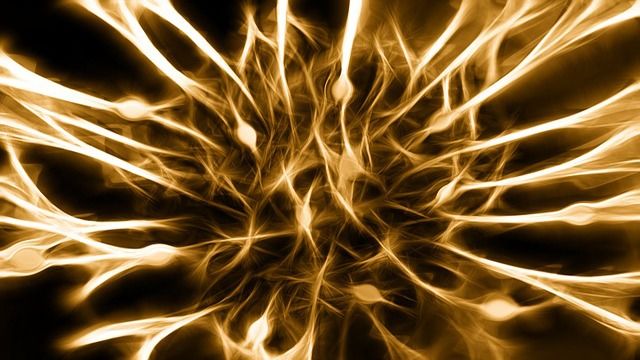
Gene Therapy Promotes Nerve Regeneration
Researchers from the Netherlands Institute for Neuroscience (NIN) and the Leiden University Medical Center (LUMC) have shown that treatment using gene therapy leads to a faster recovery after nerve damage. By combining a surgical repair procedure with gene therapy, the survival of nerve cells and regeneration of nerve fibers over a long distance was stimulated for the first time. The discovery, published in the journal Brain, is an important step towards the development of a new treatment for people with nerve damage.
During birth or following a traffic accident, nerves in the neck can be torn out of the spinal cord. As a result, these patients lose their arm function, and are unable to perform daily activities such as drinking a cup of coffee. Currently, surgical repair is the only available treatment for patients suffering this kind of nerve damage. “After surgery, nerve fibers have to bridge many centimeters before reaching the muscles and nerve cells from which new fibers need to regenerate are lost in large numbers. Most regenerating nerve fiber do not reach the muscles. The recovery of arm function is therefore disappointing and incomplete,” explains researcher Ruben Eggers of the NIN.


Scientists find bacterial extracellular vesicles in human blood
Belgian scientists have come to the surprising finding that vesicles coming from gut bacteria, are present in blood of patients with HIV, inflammatory bowel disease and cancer. Due to the increased permeability of the intestinal wall in these patients, bacterial vesicles end up in the bloodstream and can influence the immune system. This research sheds new light into the way the gut bacteria can communicate with different organs in the human body and is published in the scientific journal Gut.
Our body lives in symbiosis with trillions of bacteria. Most of these bacteria are located in the colon and a disturbance in this intestinal flora has recently been linked to the development of diseases such as diabetes, obesity, Alzheimer’s disease, inflammatory bowel disease, HIV and cancer. Gut bacteria communicate with each other, but also with human cells, using different molecules (proteins, RNA, DNA,…). These molecules can be packaged in unique small particles that are formed by bacterial cells, bacterial extracellular vesicles.
Source:
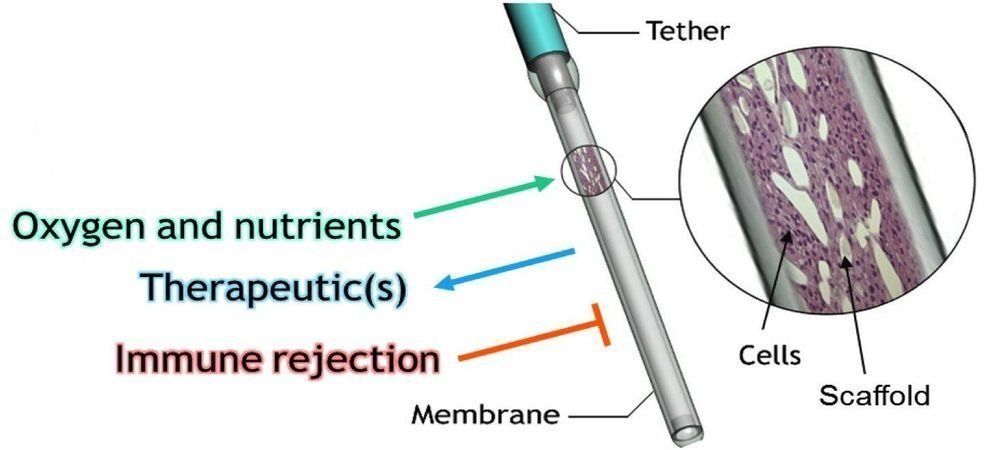
Implantable device curbs seizures and improves cognition in epileptic rats
A protein-secreting device implanted into the hippocampus of epileptic rats reduces seizures by 93 percent in three months, finds preclinical research published in JNeurosci. These results support ongoing development of this technology and its potential translation into a new treatment for epilepsy.
Motivated by an unmet need for effective and well-tolerated epilepsy therapies, Giovanna Paolone and colleagues of the University of Ferrara, Italy and of Gloriana Therapeutics, Inc. (Providence, RI) investigated the effects of the Gloriana targeted cellular delivery system for glial cell line-derived neurotrophic factor (GDNF)—a protein recent research suggests may help suppress epileptic activity.
In addition to quickly and progressively reducing seizures in male rats—by 75 percent within two weeks—the researchers found their device improved rats’ anxiety-like symptoms and their performance on an object recognition task, indicating improvement in cognition.
Can nanotechnology rewire an injured spinal cord?
According to the World Health Organisation, up to a half-million people around the world suffer a spinal cord injury each year. Often caused by road traffic crashes, accidents or violence, the loss of motor control or paralysis significantly impacts quality of life and requires years of treatment and care. Spinal cord injury is also associated with lower rates of school enrollment and economic participation, and carries substantial individual and societal costs.
Current methods for spinal cord injury treatment involve cumbersome brain-machine interfaces, with many cables linking the patient and a computer to restore limited motor functions. Other methods to map brain activity, such as magnetoencephalography, require very large machinery and particularly low-temperature working conditions.
To improve the quality of life of those suffering a spinal cord injury, ByAxon is bringing together a consortium of researchers from across Europe (Spain, Italy, France and Germany) to devise a new generation of spinal cord treatments. The four-year project started in January 2017 and is seeking to create implants that restore sensory functions.